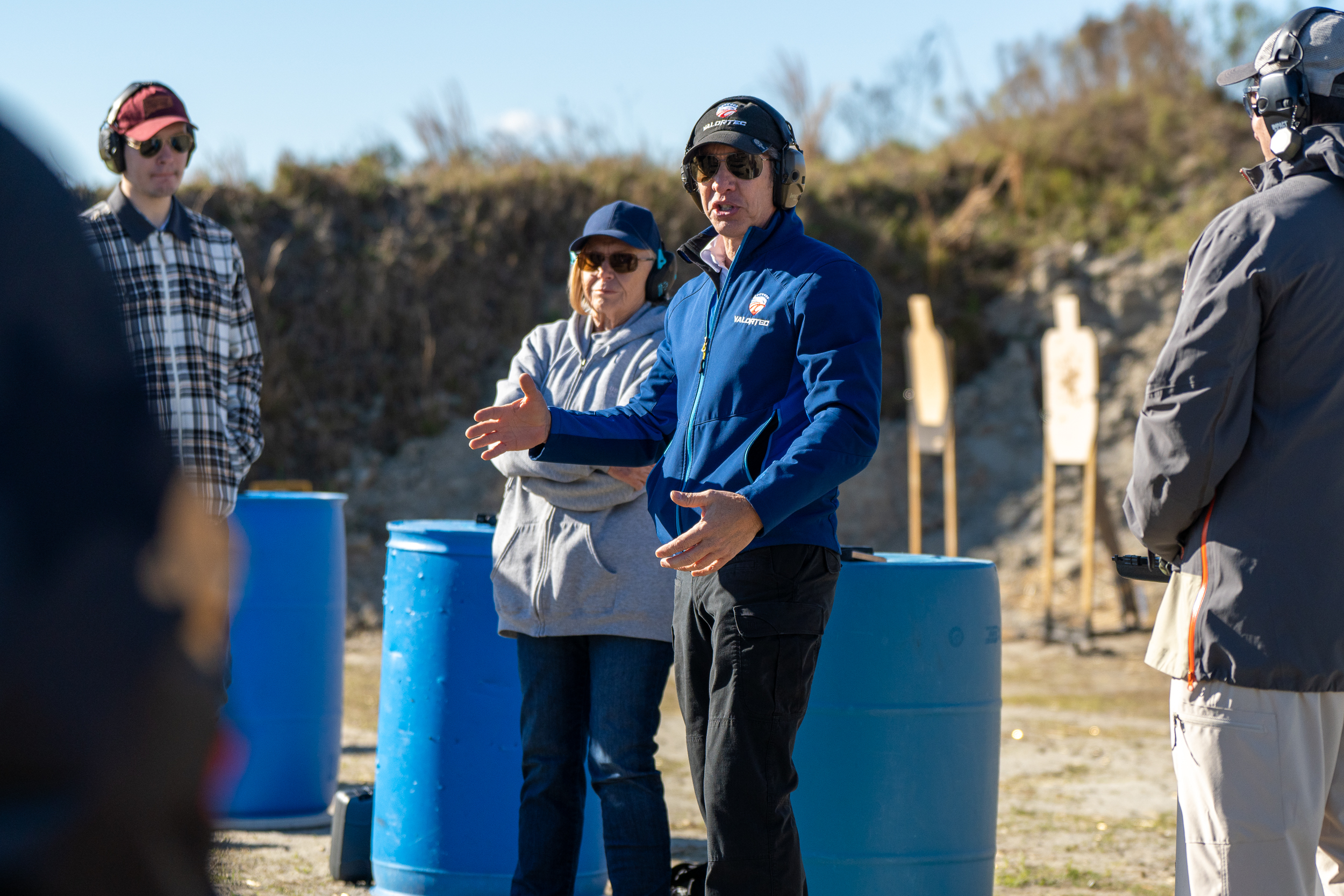A Deep Dive Into Tactical Competency Through Simplicity
By Management | Tactical Edge Blog
Once upon a time, if you were lucky enough to be raised around firearms, you likely learned to shoot behind a .22 bolt-action rifle. It was simple, reliable, and forgiving—a perfect teacher. Fast forward to today, and that iconic role of “starter rifle” has a modern successor: the .22 LR AR-15.
But is it just a convenient plinker? Or does it serve a far greater purpose in cultivating real tactical skill?
This investigative look unpacks why the .22 LR AR-15 isn’t just a toy—but potentially the most effective rifle for mastering marksmanship, tactical transitions, and real-world defensive preparedness.
A Caliber with a Purpose: Why .22 LR Still Reigns for Beginners
In a world obsessed with larger calibers and combat optics, the humble .22 LR seems outgunned. But for building tactical fundamentals, it’s unmatched. Here’s why:
✅ Affordability
Even with ammo costs rising, .22 LR remains one of the most budget-friendly rounds on the market.
More rounds = more reps = more learning.
✅ Light Recoil
Low recoil allows shooters—especially youth and newcomers—to focus on fundamentals without flinching or anticipating the shot.
✅ High Accuracy
The .22 is a tack-driver in capable hands. From prone to standing positions, it reveals every detail of a shooter’s form, hold, and breathing errors.
✅ Tactically Identical Platform
Rifles like the Smith & Wesson M&P 15-22 mirror the exact controls and ergonomics of a full-caliber AR-15.
Same selector switch. Same magazine release. Same rail system.
This isn’t just training—it’s muscle memory in the making.
The Real Education: What You Should Actually Teach with a .22 LR AR-15
Owning the rifle is only step one. Mastering it requires discipline and understanding. Here’s how we at Valortec train shooters using this platform.
🔹 1. Understanding Natural Point of Aim (NPOA)
This is step one in serious riflecraft—and few new shooters understand it.
NPOA is your body’s natural alignment to the target without muscle strain. When properly established, it allows your sights to rest on target without effort.
🔍 Try This Drill:
Get into prone, align your rifle, close your eyes, and breathe. Open them. Are your sights still on target? If not, move your entire body, not the rifle. You’re not aiming with your arms—you’re aiming with your bones.
Once students understand NPOA, they discover that accuracy is about consistency, not strength.
🔹 2. Sights, Breath, and Trigger Discipline
Focus on the front sight. That’s not just advice—it’s law in the marksmanship world. Your eye can’t focus on three planes (rear sight, front sight, target) at once. So you pick the most critical: the front sight post.
🧠 Breath Control Matters
If you press the trigger mid-breath, your chest movement will shift your point of aim, often vertically.
✅ Fix it: Fire during the natural pause after exhalation. It’s when the body is most still.
🧠 Trigger Control
Your job? Hold the sights on target and press the trigger slowly—until it surprises you.
💡 “Let the rifle decide when the shot breaks.”
– Col. Jeff Cooper
Anticipating recoil—even mild .22 recoil—can disrupt the shot. Smooth, steady pressure is key.
🔹 3. Follow Through and Trigger Reset
After the shot breaks, many shooters relax too soon, breaking their form and disturbing their aim for follow-up shots.
Follow-through means:
-
Reacquiring your sights
-
Recovering your position
-
Resetting the trigger without slapping it forward
🧠 Pro Tip: Release the trigger only until you feel the reset “click.” This primes you for your next shot without compromising your grip or position.
From Bench to Battlefield: Why the .22 LR AR Is More Than Just a Beginner Rifle
Some might dismiss the .22 AR-15 as a toy. But we challenge that assumption every day on the range.
🔍 Case Study: Tactical Transition Training
One of our law enforcement trainees struggled with flinching during drills using .223 Rem. We ran identical drills on a .22 LR AR platform for three weeks—trigger control, reloads, failure-to-fire simulations. By the time we reintroduced the duty rifle, his groupings shrank by 40%, and his confidence soared.
“The .22 doesn’t punish mistakes—it exposes them.”
– Herfel Torres, Lead Instructor at Valortec
Conclusion: Tactical Mastery Begins With a Rimfire
You don’t need a full-auto M4 or thousands of dollars in gear to become a competent rifleman or woman. You need the right platform, the right guidance, and a disciplined mindset.
The .22 LR AR-15 is not a compromise. It’s a gateway to mastery, a bridge between beginner and operator, and a tool that teaches the fundamentals of marksmanship in their purest form.


